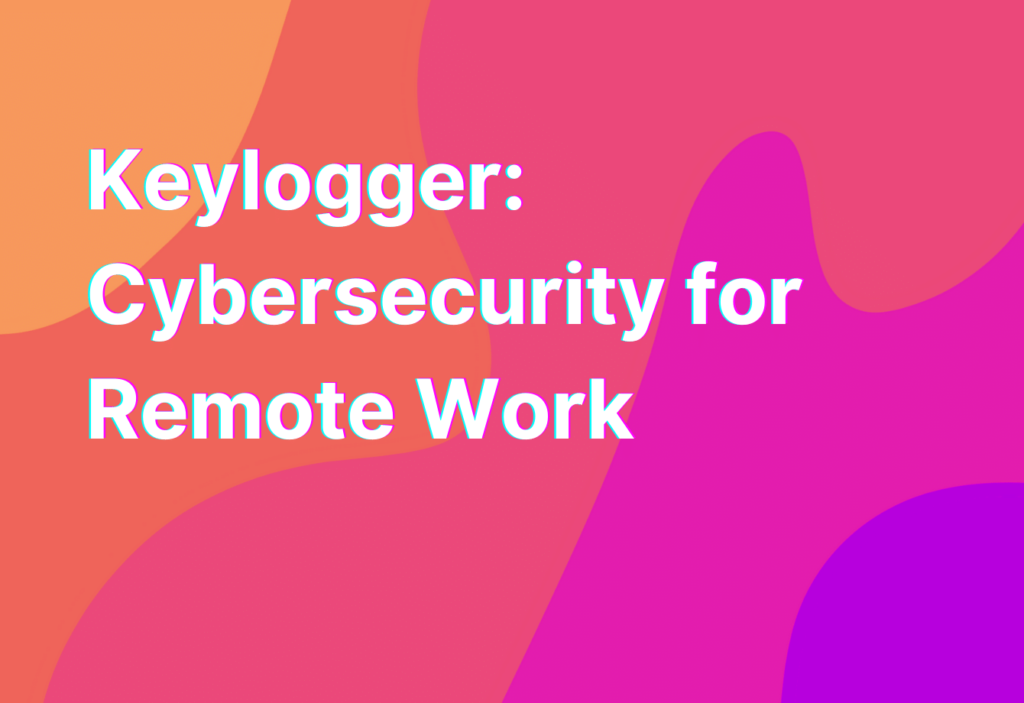Keylogger: Cybersecurity for Remote Work
Hey there, remote workers! It’s Ashley, your friendly remote work advocate, here to talk about an important aspect of cybersecurity: keyloggers. Now, I know what you’re thinking – “What on earth is a keylogger?” Well, fear not! I’m here to break it down for you and give you some tips on how to protect yourself while working remotely.
What is a Keylogger?
A keylogger is a type of software or hardware device that records every keystroke you make on your computer. Yep, you heard that right – every single key you press is being logged. Now, you might be wondering why anyone would want to do that. Well, unfortunately, there are some not-so-nice people out there who use keyloggers to steal sensitive information like passwords, credit card numbers, and other personal data.
Keyloggers can be installed on your computer without your knowledge, often through malicious websites or email attachments. Once installed, they silently run in the background, capturing every keystroke you make. Scary, right?
How Can Keyloggers Affect Remote Workers?
As remote workers, we rely heavily on our computers and the internet to get our work done. Whether we’re sending emails, working on spreadsheets, or collaborating with our team on project management tools like Trello, our computers are filled with sensitive information. And that’s exactly what keyloggers are after – your sensitive information.
Imagine this: you’re working from your favorite coffee shop, sipping on your latte and typing away on your laptop. Little do you know, there’s a keylogger silently recording every password you enter, every email you send, and every document you access. Yikes!
But fear not, my fellow remote workers! There are steps you can take to protect yourself from keyloggers and keep your sensitive information safe.
How to Protect Yourself from Keyloggers
1. Keep your software up to date: One of the easiest ways for keyloggers to infiltrate your computer is through outdated software. Make sure you regularly update your operating system, antivirus software, and other programs to stay one step ahead of potential threats.
2. Use strong, unique passwords: I know, I know, we’ve all heard this a million times. But it’s true – using strong, unique passwords for each of your accounts is crucial. And don’t forget to change them regularly!
3. Be cautious of phishing attempts: Phishing emails are a common way for keyloggers to make their way onto your computer. Be wary of emails asking for personal information or containing suspicious links. When in doubt, don’t click!
4. Use a reliable antivirus software: Investing in a good antivirus software can go a long way in protecting your computer from keyloggers and other malware threats. Do your research and choose one that fits your needs.
5. Consider using a virtual keyboard: Virtual keyboards can be a great tool to protect yourself from keyloggers. These on-screen keyboards allow you to type using your mouse or touchpad, making it harder for keyloggers to capture your keystrokes.
Wrapping Up
And there you have it, remote workers – a crash course on keyloggers and how to protect yourself from them. Remember, cybersecurity is a crucial aspect of remote work, and it’s important to stay vigilant. By following these tips and staying informed about the latest threats, you can keep your sensitive information safe and secure.
For more information on cybersecurity and other malware threats, check out this link. Stay safe out there, and happy remote working!


